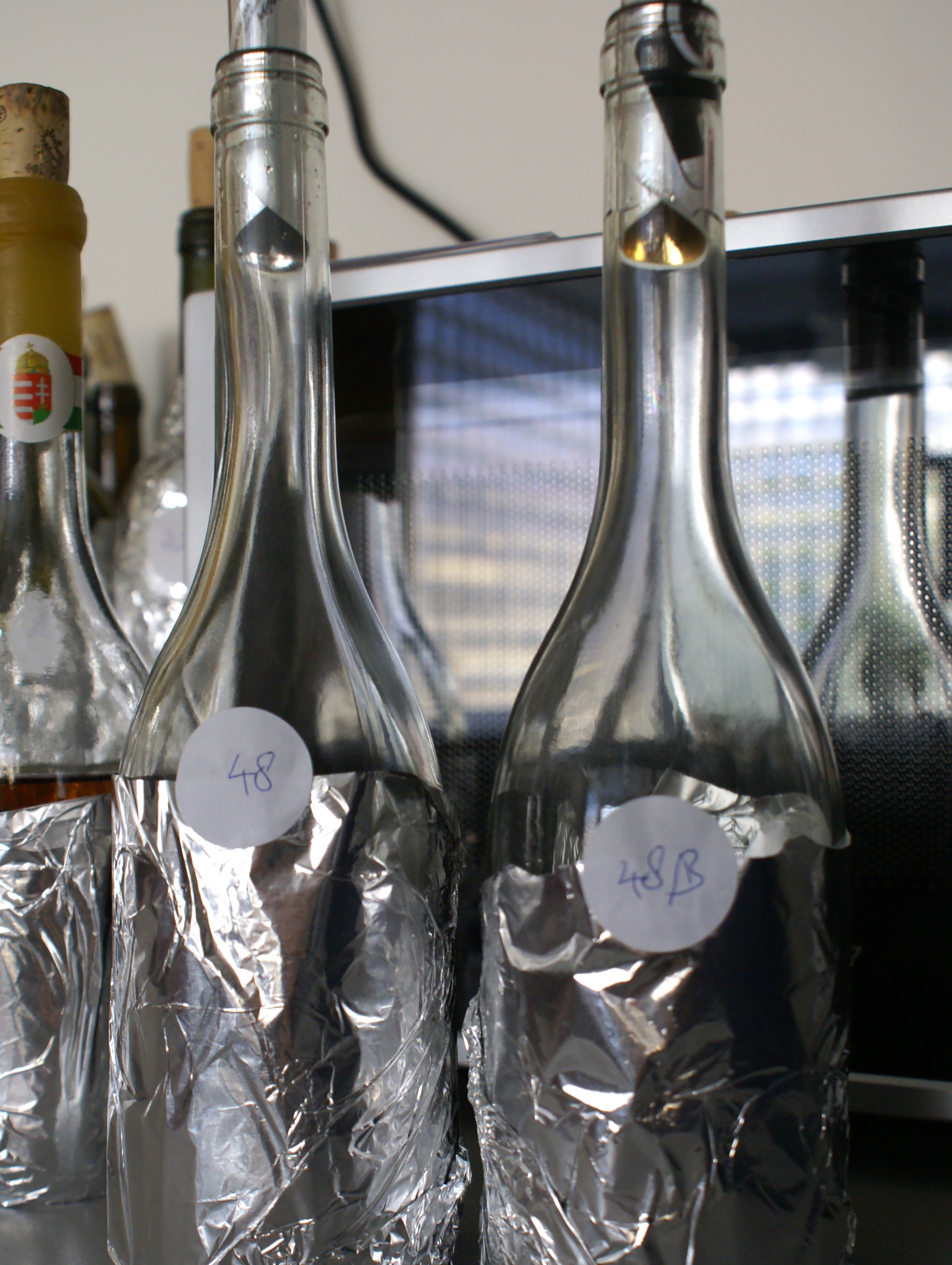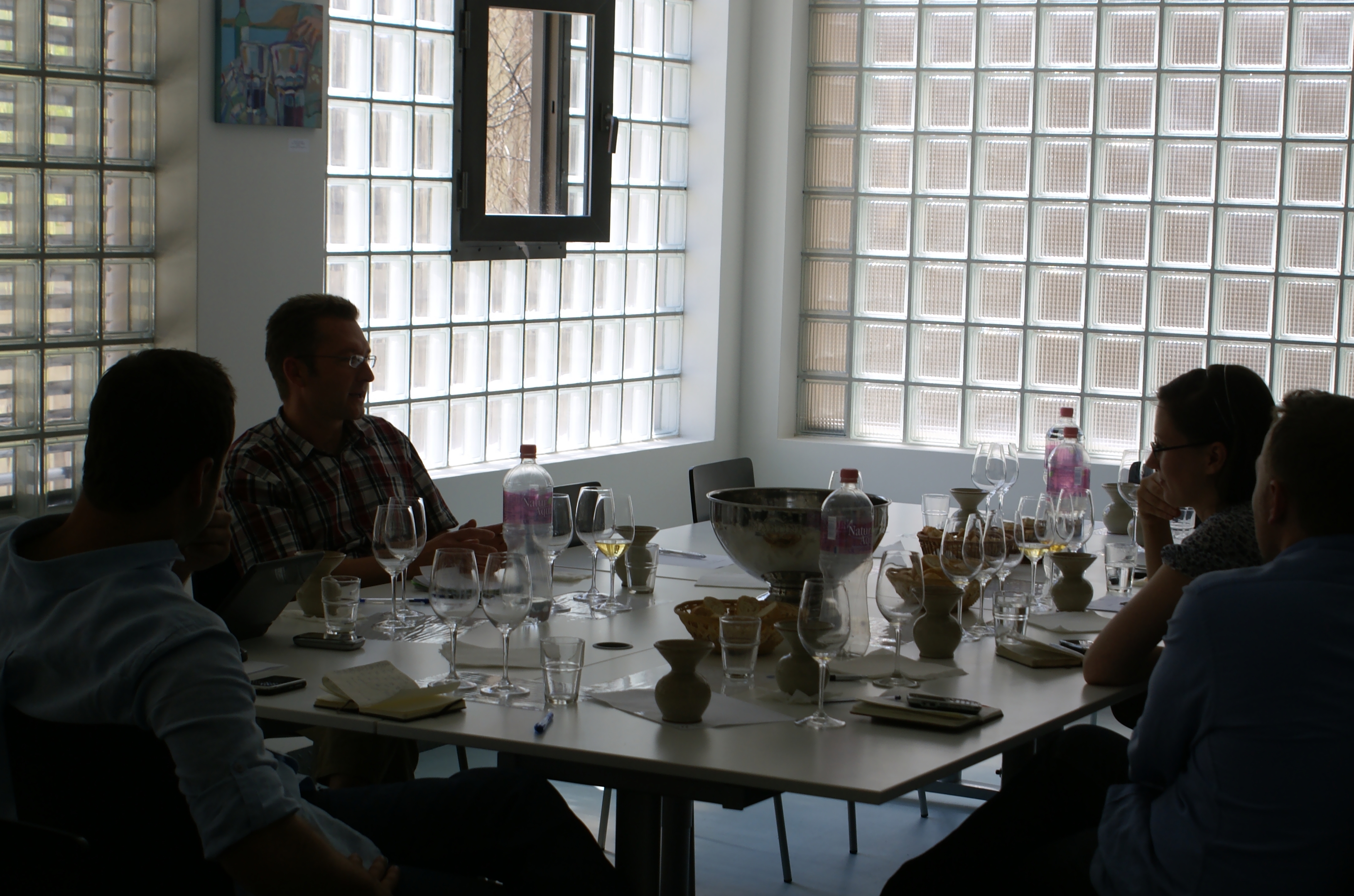2011 Pannon Bormustra competition
Posted on 26 May 2011
I spent today’s day in Budapest tasting the top wines of the 2011 Pannon Bormustra. You might remember my critical review of this competition last year that, translated into Hungarian, caused a veritable stir on the local wine scene. This year, the competition was completely redesigned, and so it was interesting to see how this affected the results.
Among the many changes at Pannon Bormustra there is a totally new, smaller jury composed of international authorities such as Matt Kramer, Andreas Larsson and Caroline Gilby (the latter having had the most substantial exposure to Hungarian wines previously). The methodology has also been modified, and now the top 20 wines in each category – white, red and sweet – are selected through a panel discussion. This is a major change: selecting a competition winner through score average will always be more erratic than if people actually discuss the merits of a wine in the glass. The jury was also allowed the liberty of being very critical and so it actually reduced the number of awards from 60 to 48. Notably, in the newly established ‘Best Value’ category (for wines that retails under 2000 forints, or 7€) no red wine was awarded at all.
It’s with a bunch of Hungarian wine writers that I met today to look at the 48 happy bottles. Interestingly a test bottle for every wine was purchased on the high street to double check if the quality was consistent. (This is meant to counteract so-called journalist cuvées, or special batches of wines that are doctored to score higher in a competition tasting). Luckily no case of doctoring was detected (though bottle variation can be a big problem for some wines). The dry whites line-up was certainly the best I remember from the Bormustra (where I’ve been on the jury from 2004 until 2010): many wines with plenty of character, and few anonymous commercial international styles. Actually many whites were erring on the rustic, oxidative edge but for me, this represents the real local Hungarian style and I’m happy to have it in the glass, in proportion.
Red wines were a mixed bunch. There was still a lot of what I call the Hungarian disease (click this link to read my in-depth article about that). The last of the line-up was a 16% alcohol Bordeaux blend that positively tasted like Italian amarone, with an overripe raisiny pruney character and zero drinkability. At least five or six more were in that obsolete blockbuster competition style with masses of oak, ripeness and extraction. But there were also three Pinot Noirs that were vibrant, transparent, refreshing and classically proportioned. They gave me hope for next year.

Sweetest wine of the tasting (>230g residual sugar). The ‘B’ bottle is the control sample purchased on the market.
It all paled in front of the impressive line-up of sweet Tokaj wines, a much more comprehensive representation than ever at Pannon Bormustra through the marketing effort of competition manager Richard Nemes. Between 6 puttonyos aszús from 2003, 2006 and 2007 we were really spoilt for choice. Some of these Tokajis followed the route of natural balance and food friendliness while others took no prisoners on their way to extreme concentration and sugary power (the last sample had more than 230g of sugar). The wines I liked best were the #42, 44, 47 and 48 but that won’t give you a precise hint: the competition results are embargoed until Friday next week when I’ll blog on the Pannon Bormustra again to discuss the winners.
Disclosure
My day trip to Budapest and wine tasting was sponsored by the Pannon Bormustra organisers: Sziget company on behalf of the Pannon Wine Guild.


